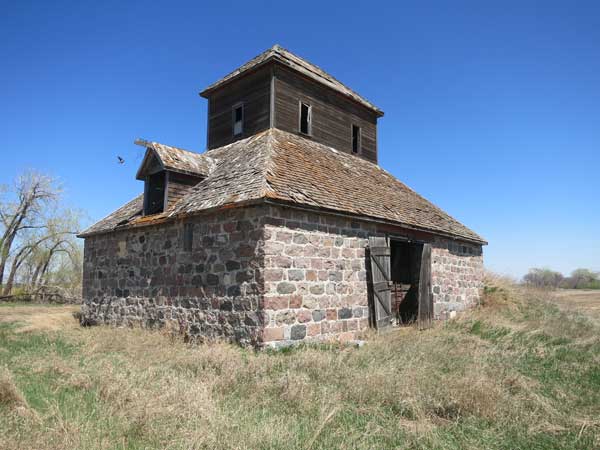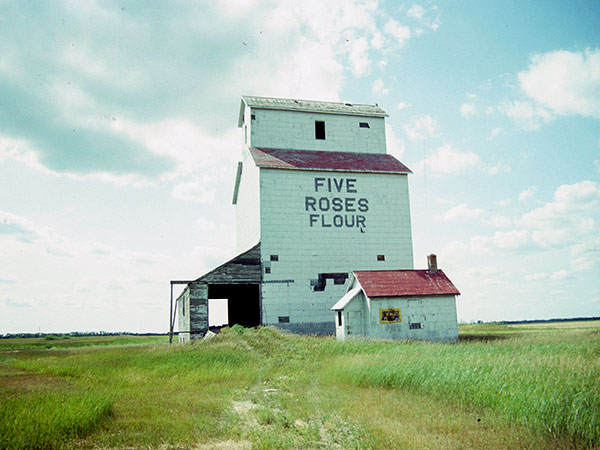
It’s in the RM of Wallace-Woodworth and is one of two surviving examples of a stone building used for grain storage.
At the time, its 12,000-bushel capacity was considered massive.
The building also included electric machinery and a siding to allow for grain loading.
“A loading platform on that siding permitted the Scallions to load their grain into railway cars for shipment without having to patronize a commercial elevator,” the historical society says.
Today the granary is in good shape, but the historical society fears it could be lost.”
“Its uniqueness and connection to a noteworthy Manitoban argues that it should survive. However, with the growing demand for large expanses of land for efficient agriculture, it is feared that this reminder of early methods of on-farm grain storage will be lost,” the organization says.
The Lake of the Woods grain elevator was built in 1902 by the Lake of the Woods Milling Company, the same year Willis Carrier invented the air conditioner.
It’s Manitoba’s second-oldest grain elevator and stands in its original location in Cameron.

At construction it had a capacity of 38,000 bushels.
It became part of Ogilvie Flour Mills in 1954. Manitoba Pool purchased it in 1959, and in 1970 the elevator closed and was sold to a private buyer.
The elevator is in good condition, and most of the land around it is planted to crops.
Seeing as wooden elevators are becoming increasingly rare, keeping this one preserved is important for Manitoba history.
“Given that grain elevators are an “endangered species”, it is feared that, if the landowner grows tired of farming around it, Manitoba’s oldest grain elevator on its original site will be demolished,” the historical society says.